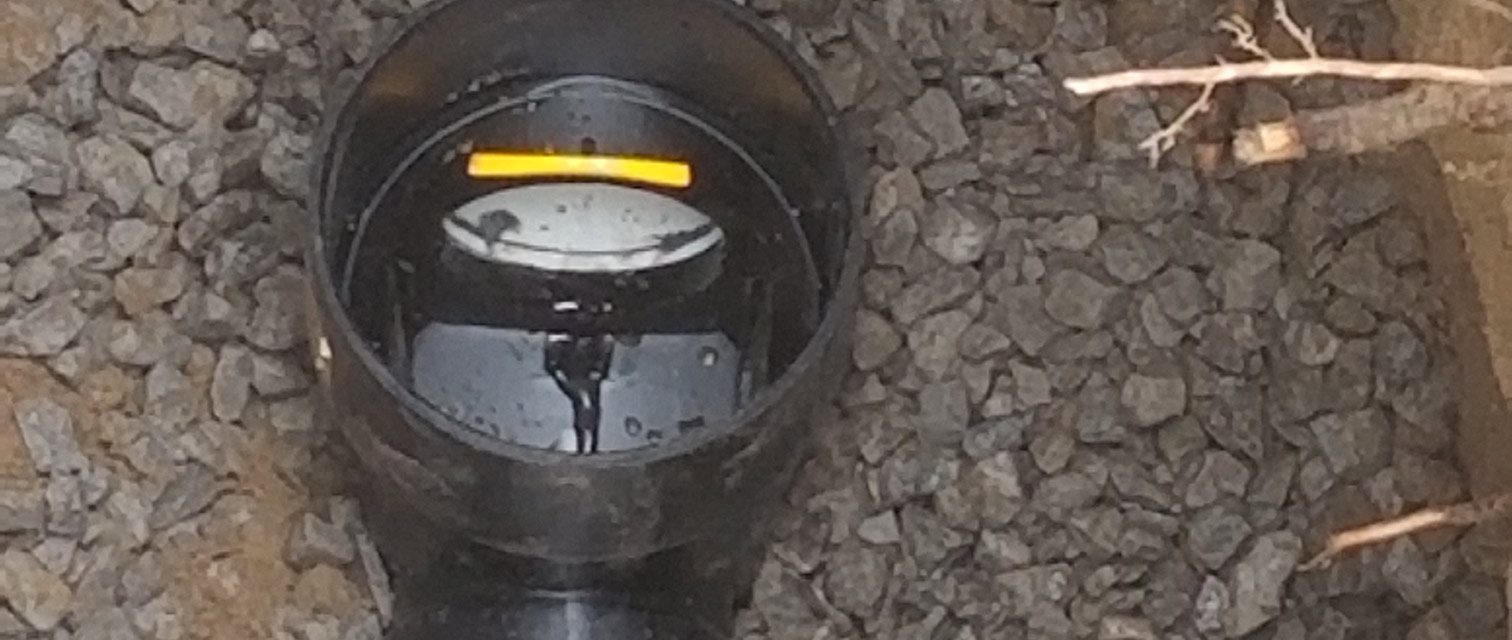When we turn on the taps, we usually don’t think about the mechanisms in place to protect our health and homes from dangerous water. Normally it takes a leak or flood of our plumbing system before we realize there might be a problem. By this time it is too late and your home could be at risk for serious damages.
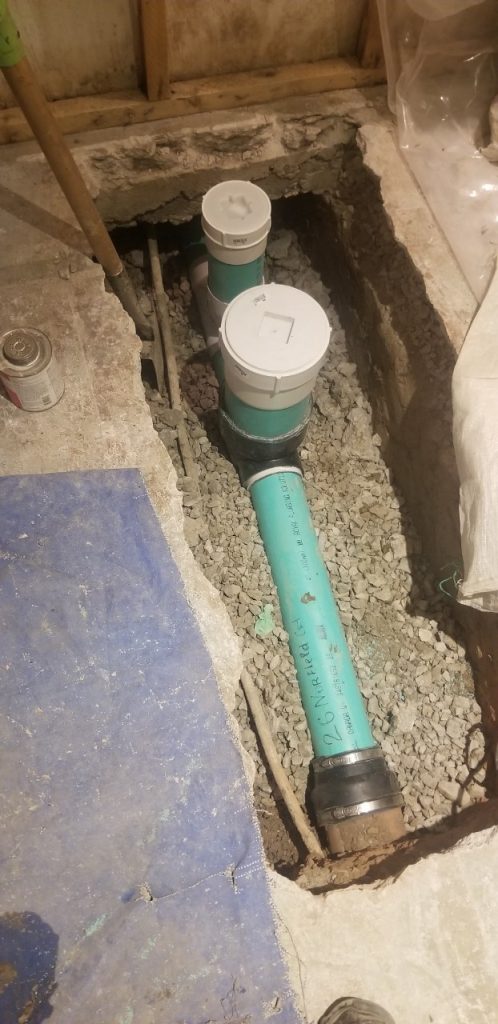
Sudden rainstorms, sewage line blockages, and natural disasters can trigger a sewage backup which can enter your home without warning. Homeowners must do everything they can to protect themselves from this potentially costly and dangerous sewage backflow issue.
A simple component, called a backwater valve can protect your home from the risk of raw sewage entering your home keeping your drinking supply protected from harmful bacteria and your home safe from damage.
What Is a Backwater Valve?
A backwater valve or sewage backup valve is installed on your sewer line to prevent sewage from backing up into your home. The value directs sewage away from your home by preventing it from flowing into your pipes and plumbing system.
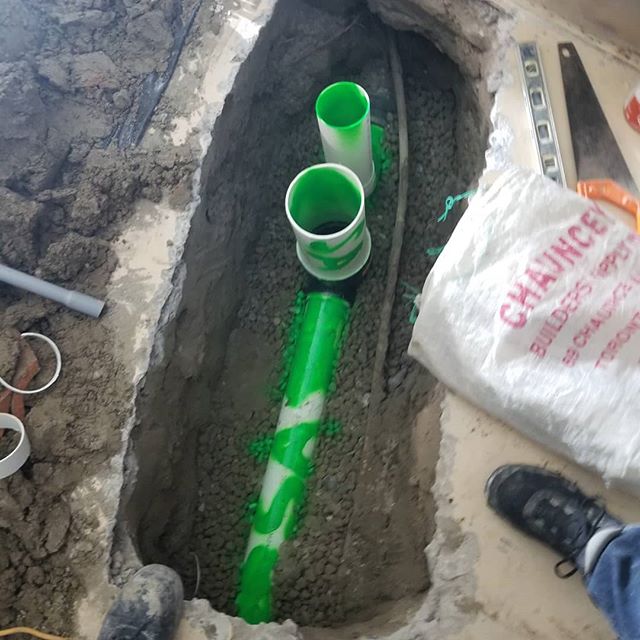
Sudden intense rainfall is one of the primary triggers of sewage getting into homes. Many municipalities require new homes to have these devices in place to avoid potentially costly and dangerous damage to homes and businesses. Older homes can easily be retrofitted with a backwater valve for between $1,000 and $2,000. This small investment could protect your home from thousands of dollars worth of damage.
How Does a Backwater Valve Work?
If you live in an urban area, then your home is likely connected to the municipal water system. This means that just a few meters from your home, thousands of liters of sewage are being moved to waste treatment facilities. A backwater valve protects your home from sewage flowing into your pipes in the event of sewage line overload.
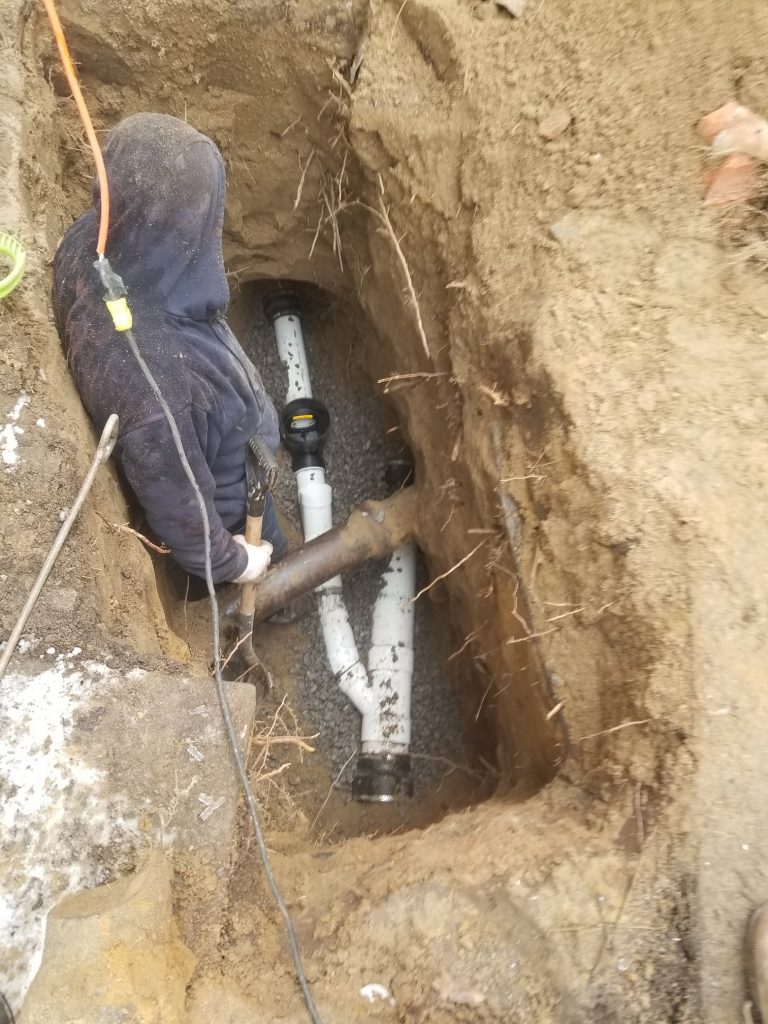
A small flap on your home’s piping prevents sewage from entering while allowing your home’s waste and gases to flow away from your home. The flap shutting is triggered by two floating devices on either side that force the flap closed when activated. Once sewage flow returns to normal and begins moving away from your home again, the flap will reopen and return to normal operation.
How Do You Know If You Have A Backwater Valve?

If you live in a newer home, it is most likely you already have a backwater valve installed. If you live in an older home, a plumber can easily determine if you have a backwater valve and provide you with the information you need to ensure your home meets local municipal guidelines. Using a camera, a plumber can inspect your sewer lines to determine the presence of a backwater valve. It is also an excellent opportunity to ensure that your backwater valve is connected properly and is free of debris that may cause a backup.
Where Does A Backwater Valve Go?
Your backwater valve is connected to your home’s plumbing, which is connected to the local municipal sewage system. In most homes, the backwater valve is located beneath the basement floor and is connected to the main sewer line out of your home. In rural homes or larger properties, the backwater valve may be located in your yard depending on the location of the municipal sewer lines.
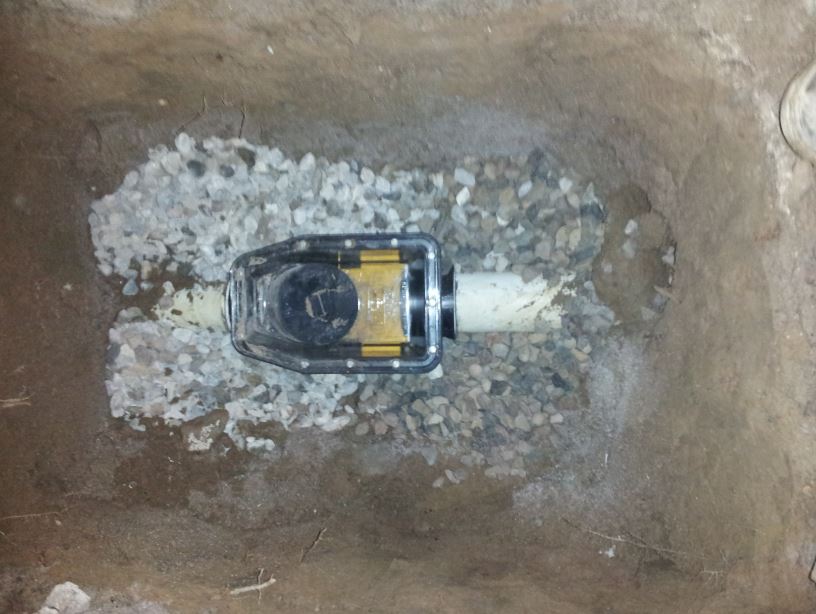
To install a new backwater valve, your plumber will need to gain access to these sewer line points. If the line is located away from the home, this may require the excavation of the lines to gain access. Excavation is usually a small access point so the value can be installed. The crew will then ensure that there is no debris or potential blockage around the valve to protect your home from damage. It is always recommended to use a professional plumber for backwater valve installation.
What Should You Do When Something Goes Wrong?
As a homeowner, it is important to do regular inspections of your property to ensure there is no debris or blockages that may affect the flow of water or sewage away from your home. Most homeowners will never experience any issues with their backwater valves. However, in the event of an emergency such as a flood or sudden rainfall, your home could be at risk.
Here are a few helpful hints to ensure your home is protected:
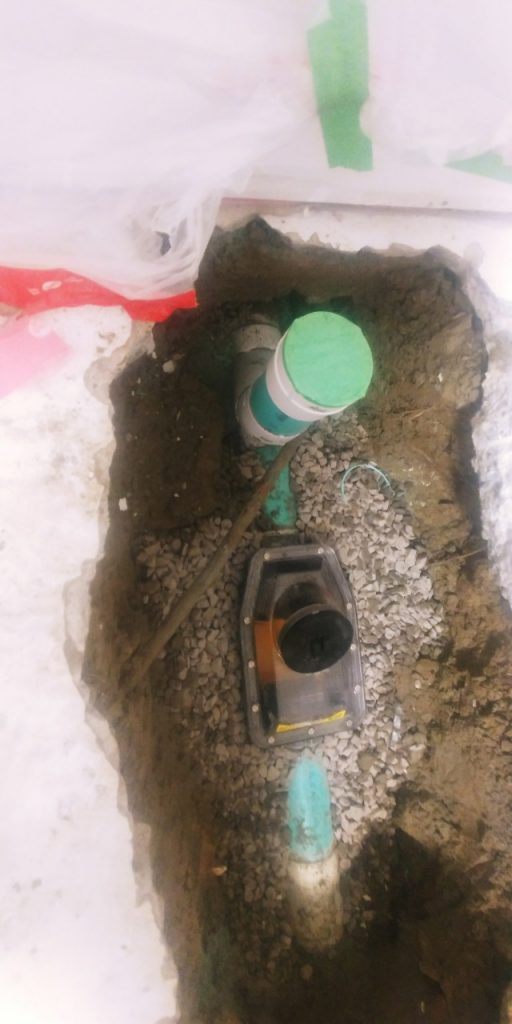
- Keep sharp or dangerous objects away from drainage areas
- Check to see that water is flowing freely away from your home
- Keep sewage grates clear of leaves or other debris to prevent flooding
- Remove standing water away from your home
- Do not run your shower or washing machine during a rainstorm
- Carefully monitor melting snow to ensure it is not blocking water flow on your property
Both your home builder and municipality have made every effort to ensure the protection of your home. The installation of a sewage backflow preventer is the first step in keeping dangerous materials out of your home. If there is a breach of your backwater valve or you see a potentially dangerous blockage around local sewer lines or grates, contact your municipality immediately.
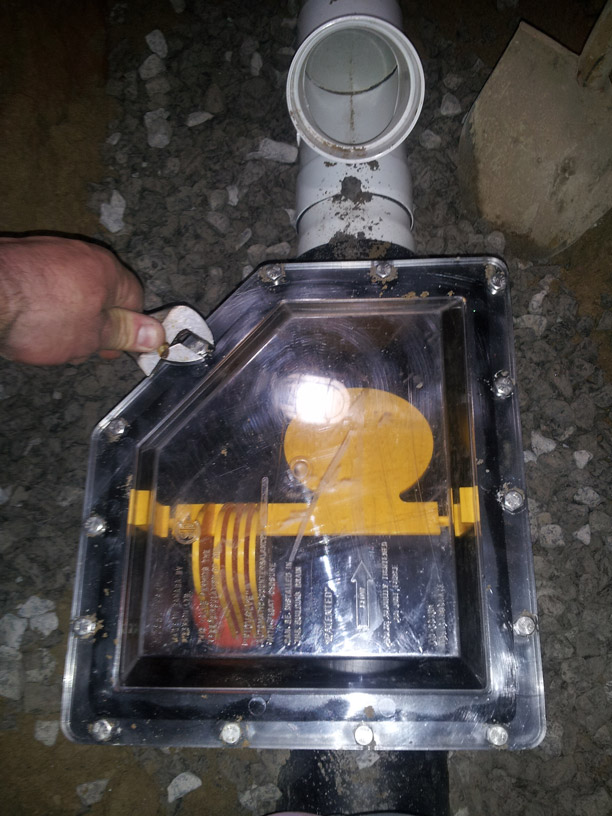
As you set up insurance for your home, your provider may ask questions about the status of your home’s backwater valve system. If you live in an area that is prone to flooding or located near a large body of water, your insurance provider may insist on backwater valve installation to guarantee coverage and provide you with an affordable rate.
If you already have insurance on your home, check to see that your policy covers flooding due to sewage backup. Many homeowners are caught off guard when they discover their policy does not cover issues resulting from a sewage leak or backwater valve failure. This could leave you on the hook for thousands of dollars in damage.
What Can You Do to Maintain Your Backwater Valve?
Your backwater valve is your first line of defense against serious damage from a sewage backup. It is important to take the time to ensure the area around your home is free from potentially damaging clogs.
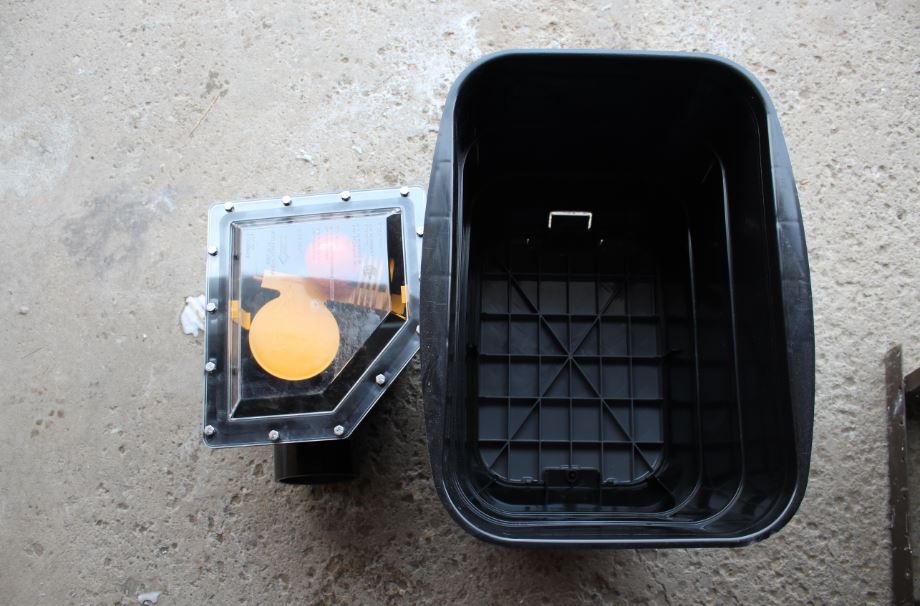
- Do a regular inspection of your valve. Begin by running hot soapy water down your sink to see if water is flowing freely and begin the cleaning process. A scrub brush is an effective tool in keeping your system clean. Remember to never use harsh chemicals that could cause an interaction of gases that could lead to a reaction.
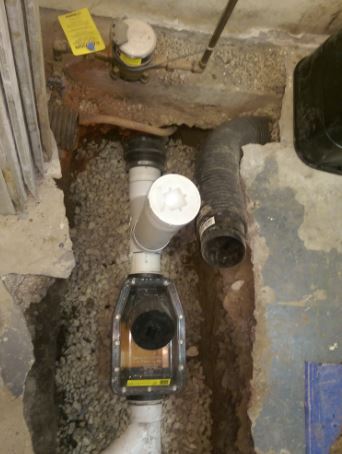
- Check to see that the O-ring around the valve is clean and not damaged. There should always be a complete seal when the valve is closed. Make sure the floats are connected properly and free to move in response to potential hazards.
- Never flush anything down the toilet that could cause clogging such as wipes, diapers, or feminine products.
What Is the Life Expectancy of A Backwater Valve?
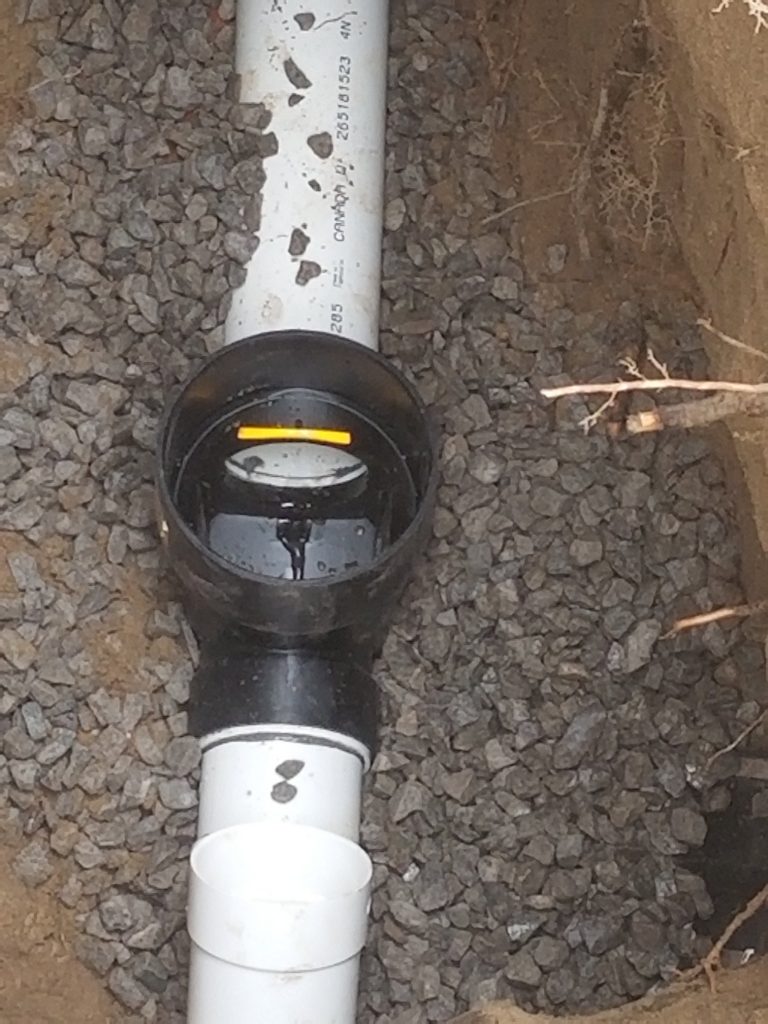
A backwater valve is designed to keep your home protected for many years. By doing regular inspections and maintenance, you should be able to get 5-10 years out of your backwater valve. Make sure your backwater valve is installed in an easy to access place that is free from debris so it can be reached quickly during an emergency.
Are There Any Municipal or Provincial Subsidies for Backwater Valves?
Most municipalities, provinces, and municipalities offer subsidies for backwater valves. For example, the City of Toronto offers single-family, duplex, and triplex residential homes a subsidy of up to $3,400 per property to install flood protection devices. This includes the installation of a backwater valve, sump pump, or severance and capping of a home’s storm sewer or external weeping tile connection. Disconnecting the downspouts from your property’s eavestrough system is not covered by the subsidy.
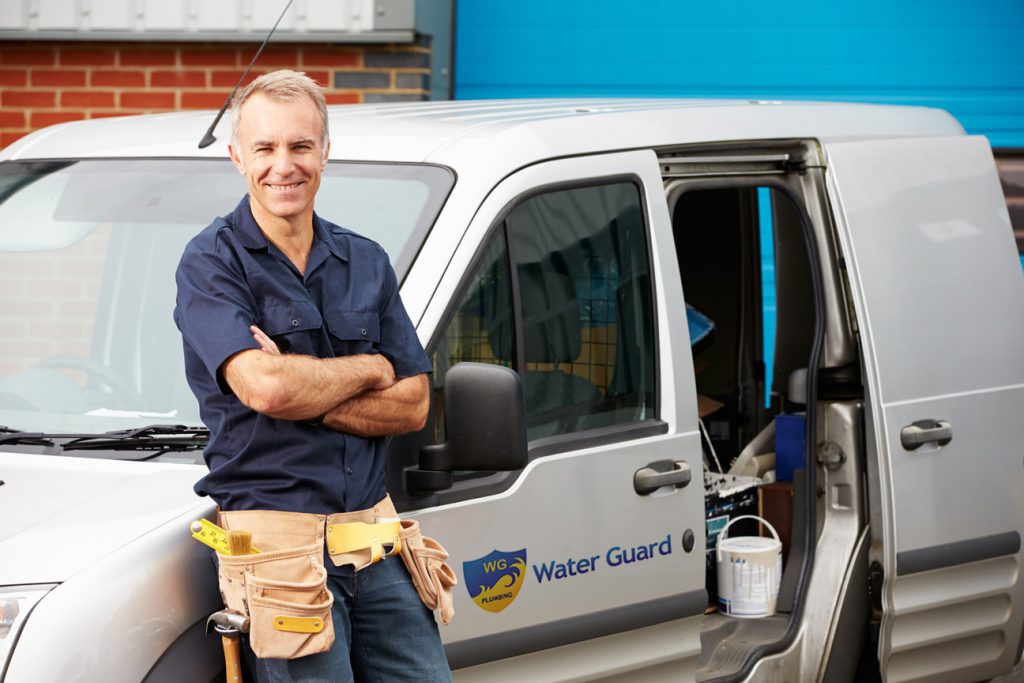
As many home insurers require a backwater valve connection, most municipalities have made it easy for homeowners to obtain one at an affordable rate. If your province or municipality does not offer a subsidy, consult with your plumbing expert or insurance broker on other retrofitting programs that can offset the cost of backwater valve installation.
Water Guard Plumbing can help you ensure your home is protected from the risks of sewage backup. Contact us today to learn more about our backwater valve services so you can enjoy peace of mind.

